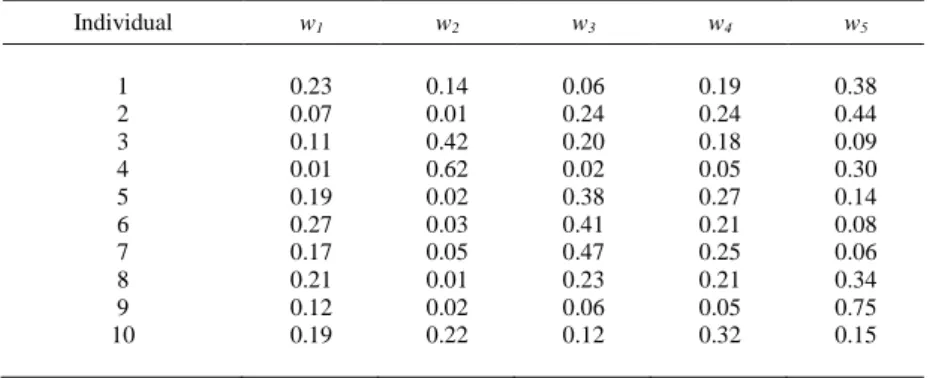TítuloA genetic algorithms based approach for optimizing similarity aggregation in ontology matching
Texto completo
Figure




Documento similar
In this work, we propose an end-to-end approach to the language identification (LID) problem based on Convolutional Deep Neural Networks (CDNNs).. The use of CDNNs is mainly motivated
Four different scenarios are considered: skilled and random forgeries with 5 and 20 training signatures. The original features are divided into four different groups according to
In this paper, we extend the approach for handling attribute conditions expressed in some suitable logic, adapt the operational mechanisms based on graph transformation to
In this paper we propose a novel rate equations approach to model world population trends.[4] This approach is designed to describe steps up or down in the population in
Advances in Intelligent Data Analysis V: 5th International Symposium on Intelligent Data Analysis, IDA 2003, Berlin, Germany, August 28-30, 2003. Lecture Notes in Computer
To create genetic graph-based clustering algorithms and heuristics to improve the robustness and solutions of classical partitional clustering algorithms, and to study its
In this work we study the effect of incorporating information on predicted solvent accessibility to three methods for predicting protein interactions based on similarity of
A new two-tier inverse technique for characterizing coaxial to waveguide transitions based on the use of genetic algorithms and the gradient descent method has been described and

